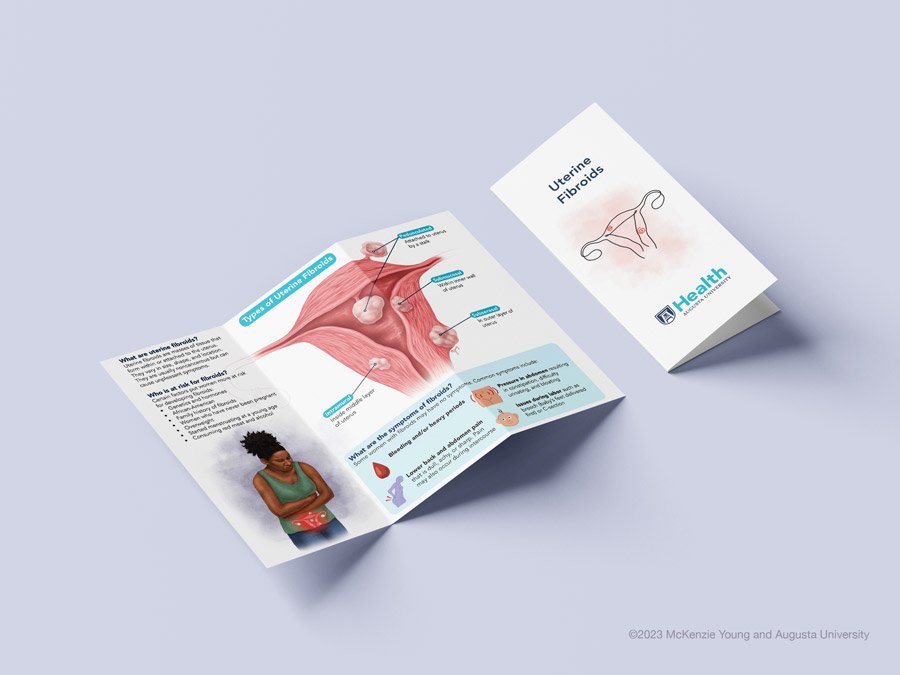Services
Anatomical Illustration
Educating students from grade school to medical school, anatomical illustrations depict the human body in ways that can’t be photographed. The illustrations depict various regions of the body in a clear and accurate manner to help learners comprehend complex information. Anatomical illustrations are rendered in great detail using pen and ink, greyscale tone, or digital color, and can make a world of difference to students and the public.
Surgical Illustration
If you’ve ever observed or performed a surgical procedure, then you know how much of a bloody mess it can be! Surgical illustrations simplify a procedure into important steps that clearly show the anatomical structures and instruments involved. These illustrations are crucial for teaching future surgeons as well as helping patients better understand their procedure. Like anatomical illustrations, surgical illustrations can be rendered using pen and ink, greyscale tone, or digital color.
Patient Education Materials
With patients coming from a wide breadth of socioeconomic classes and education levels, pictures are often the only unanimously understood method of communication when explaining medical topics. Patient education materials include brochures, handouts, and posters that can be reproduced in-office and distributed to patients. The materials can be tailored to certain patient audiences or be generic and understood by everyone, depending on the client’s preferences. Illustrations for patients improve their understanding of medical information and instill trust between patients and providers.
Scientific Illustration
If you’ve ever opened a science textbook in school, or visited a science museum, then you’ve encountered scientific illustrations! A catch-all category for visuals depicting many areas of life science, scientific illustrations are excellent tools for teaching, explaining, and inspiring. Scientific illustrations are meant to be eye-catching and memorable, and depict topics in biology, ecology, zoology, and beyond.
2D and 3D Animation
For topics that benefit from more extensive visualization, like cell biology, animation provides an excellent solution for depicting complex processes and information. In 3D animation, cellular structures are modeled by hand and a story is created that is educational, beautiful, and memorable. When animating surgical procedures and anatomy, 2D animation brings the information to life and drastically improves the viewer’s understanding.





